Holy Week in Mexico: A Brief Cultural Guide
Are you into Mexican culture and traditions? Then, this guide is the one for you!
What is Holy Week?
What customs, festivities, and traditions are in Mexico for Holy Week?
Which are the best destinations in Mexico to experience Holy Week?
Is there any traditional food?
Welcome to our guide on Holy Week in Mexico! Learn about the colorful traditions and profound cultural significance of this cherished celebration.
What is Holy Week?
The celebration of Holy Week, also known as Semana Santa, is a significant religious observance in the Christian calendar. It commemorates the final week of Jesus Christ’s life, including his crucifixion and resurrection. It is celebrated in many countries worldwide, including Mexico, Guatemala, and Spain, with deep cultural and spiritual significance.
In Mexico, Holy Week is a time of profound religious devotion and beautiful traditions. The week leading up to Easter Sunday is filled with elaborate processions, reenactments of biblical events, and heartfelt prayers. People from all walks of life come together to participate in these rituals, reflecting the strong influence of Catholicism in Mexican culture.
While Holy Week is celebrated in Mexico and Spain, the two countries have some differences in customs and traditions.
In Mexico, the observance tends to be more community-oriented, with lively street processions and colorful displays. In contrast, Holy Week in Spain often features solemn processions with elaborate floats depicting scenes from the Passion of Christ, accompanied by somber music and incense.
Holy Week typically falls in late March or early April, corresponding to the dates of the Christian calendar. It begins with Palm Sunday, commemorating Jesus’ triumphant entry into Jerusalem, and concludes with Easter Sunday, celebrating his resurrection. Across Mexico and Spain, Holy Week is a time for reflection, spiritual renewal, and coming together as communities to honor the central events of the Christian faith.
Traditions and Customs in Mexico
During Holy Week in Mexico, many traditions and customs important to their religion and culture occur. One special custom is making fancy carpets out of sawdust, called “alfombras,” which are carried along the streets during the processions.
People make these carpets very carefully, using bright colors and detailed patterns that often depict religious symbols and stories from the Bible. This is a way for them to show their devotion to their faith and to showcase their artistic skills.
I want to mention here the town of San Juan Chamula in Chiapas. There, four days before Ash Wednesday, people celebrate an indigenous festival called K’in-Jimultik or “New Fire,” which is a combination of Christianity and pagan rituals. It is a unique encounter and a somewhat surreal experience between the world and the Mayan religion and the Catholic religion.
For Holy Week,
parades are also very important. People from the communities get together to act out what happened during the last days of Jesus Christ. They wear special clothes and carry statues and crosses while singing and praying. These parades show how Jesus went to be crucified, and they bring people of faith closer together.
Another important tradition during Holy Week in Mexico is acting out the story of Jesus’s last days, called “Passion Plays” or “Stations of the Cross.” These shows retell the tough times Jesus went through, from when he was betrayed to when he came back to life.
By performing these plays, communities don’t just tell the story of Jesus’s sacrifice; they also consider what it means for them. Holy Week in Mexico is when people think deeply about their faith, come together to worship, and celebrate their culture. It’s a beautiful time when old traditions bring believers closer in their love and dedication to God.
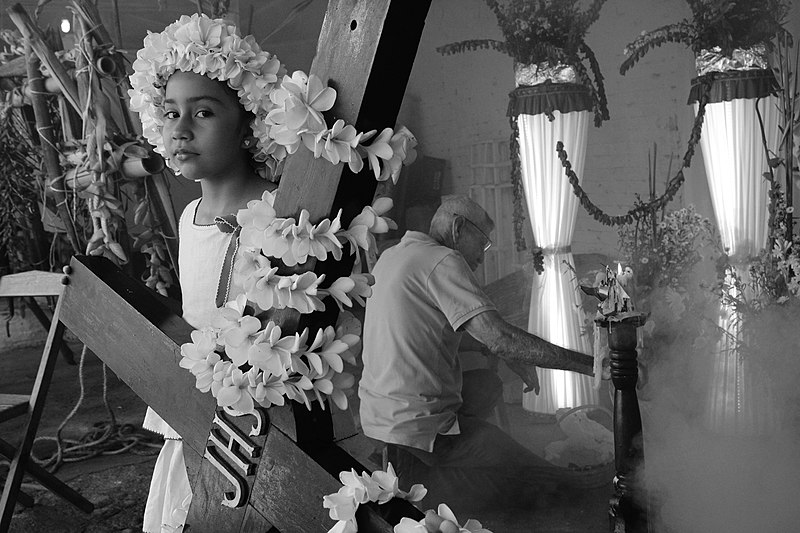
Destinations in Mexico for Holy Week
Taxco, Guerrero
During Holy Week in Taxco, Guerrero, people show deep love for their religion and celebrate their culture. The streets get busy with colorful parades, pretty carpets made from sawdust, and many decorations.
One special thing in Taxco during Holy Week is making these lovely carpets called “alfombras.” They decorate the roads, creating a colorful path for the serious procession. (If you are planning to go with kids, consider not letting them see the silent procession since there is blood in some of them).
All week long, locals and visitors participate in different religious activities, such as the Stations of the Cross and acting out stories from the Bible. They walk in serious parades and think about Jesus’s love and sacrifice. Taxco is special because it mixes old-style buildings with strong religious feelings, making it a great place to see Holy Week traditions in Mexico.
✝️Travel to Taxco with us by joining our tours:
- Taxco tour from Mexico City: Plus Ancient Xochicalco Pyramids (12h)
- Taxco Travel: Walk in Lovely Town and Explore Cacahuamilpa Caves (12h)
- Mil Cascadas Taxco Tour: Enjoy Amazing Waterfalls and Crazy Rappel (14h)
- Taxco Tour: Know the Eternal Spring City and Charming Taxco Town (Private / 9.5h)
Iztapalapa, Mexico City
During Holy Week in Iztapalapa, Mexico City, people celebrate with a big reenactment of Jesus’s journey before he was crucified. Many locals and visitors come to watch or join the procession called Via Crucis. It’s like stepping into the story of Jesus, showing how much people care about their faith.
During Holy Week, the streets of Iztapalapa become a stage for plays and prayers that tell the story of Jesus’s last days. Everyone gets into it, making the experience feel authentic and unique. Whether you’re watching or taking part, it’s a time to think about Jesus and what he did for us. It’s a powerful reminder of why Easter is important to Christians everywhere.
San Luis Potosi
During Holy Week in San Luis Potosí, Mexico, people celebrate their faith while enjoying the beauty of nature. Locals and visitors gather for special church services and parades in this pretty area with mountains and rivers. During the processions, people wear their traditional clothes, showing how important this time is to them.
One of the best parts of Holy Week in San Luis Potosí is the parades, where colorful floats go through the streets with statues and stories about Jesus. Everyone sings and prays together, making it a particular and memorable time for everyone involved. This mix of religion and local culture brings people together and makes Holy Week a time of unity and respect in the community.
🛐Travel to San Luis Potosi with us by joining our tours:
- San Luis Potosi Tour: a Fantastic Journey Through Waterfalls, Mountains and Sea (15 Days)
- Huasteca Potosina tour: Dive in Mystical Waters and Timeless Treasures (9 Days)
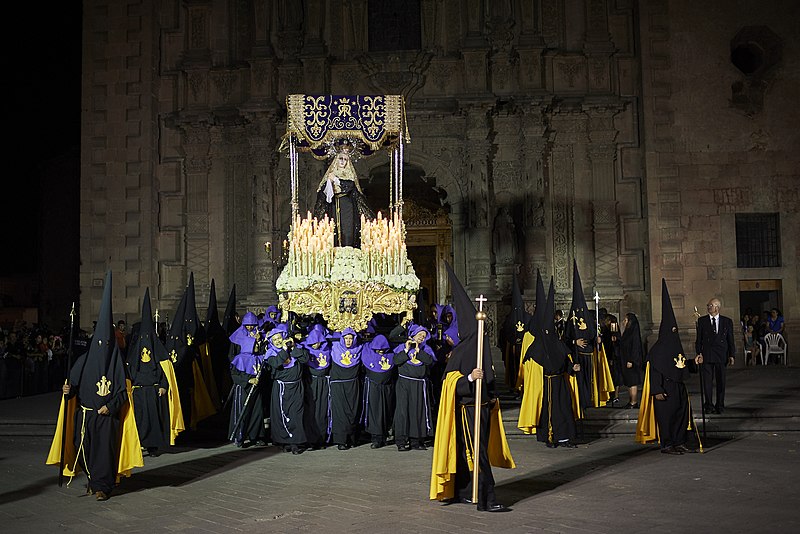
Dolores Hidalgo, Guanajuato
In Dolores Hidalgo, Guanajuato, Holy Week is a special time filled with faith and celebration. This town, where Mexico’s independence began, gets lively with many traditions and ceremonies during this important week. People from near and far join in religious parades, plays, and ceremonies that honor Jesus’s sacrifice.
One big tradition during Holy Week in Dolores Hidalgo is the colorful parades that go through the streets. They have fancy floats with statues showing stories from the Bible. Everyone sings songs and prays together, making it a really meaningful time. Also, the town gets decorated with pretty things, and people cook traditional foods to share, making Holy Week a time of togetherness and friendship.
🙏Discover the wonders of Guanajuato with our tours:
- Guanajuato Tour: UNESCO Cities, Baroque Past and More (8 Days)
- Colonial Tour: Travel La Ruta de la Plata Around Picturesque Towns (9 Days)
- San Miguel de Allende Tour: A Marvelous Colonial Town Plus Queretaro (14h)
Patzcuaro, Michoacan
In Patzcuaro, Michoacan, Holy Week is a particular time when people blend old indigenous customs with Catholic traditions. This pretty town, famous for its old buildings and indigenous heritage, becomes lively with religious activities and cultural celebrations. During Holy Week, both locals and visitors join in different ceremonies, parades, and events that honor Jesus Christ’s life and resurrection.
One big tradition in Patzcuaro during Holy Week is acting out the Last Supper on Holy Thursday. This is a way for the community to remember the last meal Jesus had with his friends before he was crucified.
Also, the streets of Patzcuaro fill up with exciting parades. There’s music, dancing, and giant floats with pictures from the Bible. It’s like being in a colorful and joyful story. Throughout the week, the churches in Patzcuaro look beautiful with fancy decorations, and people cook special foods to share. This makes Holy Week a time when everyone feels close and connected in the town.
⛪Admire Michoacan marvels by joining one of our tours:
- Michoacan Tour: Magic Towns, the Youngest Volcano and More (8 Days)
- Monarch Butterfly Tour Mexico: Visit Amazing Sierra Chincua and Angangueo (12 h)
Oaxaca
In Oaxaca, Holy Week is when many cultural traditions mix, blending indigenous customs with Catholic beliefs. This state in southern Mexico is known for its colorful culture, and during Holy Week, people come together even more for religious events and parties. All week long, the streets are bustling with parades, fancy altars, and pretty decorations that remind everyone about Jesus’s life and resurrection.
One really cool tradition in Oaxaca during Holy Week is making colorful carpets called “alfombras” out of sawdust, flowers, and other natural stuff. These carpets line the streets, creating a bright path for the religious parades and adding even more color to the city’s lively vibe. Families also get together to cook special foods like mole negro, tlayudas, and chapulines, sharing them with friends and family to show hospitality and bring everyone closer.
During Holy Week in Oaxaca, people also put on plays called “pastorelas” that tell stories from the Bible about Jesus’s life, death, and coming back to life.
These plays are captivating and are often performed in town squares and churches, reminding everyone about essential themes like being saved and starting fresh. As Oaxacans celebrate Holy Week, they celebrate their faith, culture, and connections with each other, making it a marvelous time that’s both deeply spiritual and uniquely Oaxacan.
☀️Explore Oaxaca with us on our tours:
- Guelaguetza: Explore this Magical Tradition of Oaxaca
- Oaxaca Tour: Explore Ruins, Incredible Waterfalls, Charming Towns and Much More (15 Days)
- Oaxaca Food Tour: A Truly Feast From Monte Alban to Huatulco Dishes (10 Days)
- Tour Oaxaca: Discover Tule Ancient Tree and Amazing Teotitlan (Group / 8h)
- Puerto Escondido tour: Enjoy Mexican Wonders from Mazunte to Oaxaca (8 Days)
Traditional Food
During Holy Week in Mexico, traditional food is a big part of the celebrations, showing cultural heritage and religious meanings. One favorite dish during this time is “capriotada,” which is like a bread pudding made with bread, cheese, cinnamon, and dried fruits. It’s a reminder of Jesus’s suffering on the cross. Another popular choice is “tortitas de camarón,” or shrimp cakes, often eaten on Good Friday instead of meat, following the Catholic rule of not eating meat during Lent.
Another special dish for Holy Week is “romeritos,” a stew made with a green herb called “romero,” along with potatoes, dried shrimp, and mole sauce, usually served with shrimp patties and nopales (cactus pads). It’s full of symbols, like the romeritos representing the crown of thorns and the nopales representing the cross. People also enjoy dishes like “bacalao,” salted codfish prepared differently, and “empanadas de vigilia,” meatless turnovers filled with cheese, potatoes, or seafood, enjoyed as a Lenten treat.
Throughout Holy Week, families gather to cook and share these traditional foods, bringing everyone together and strengthening cultural connections. These dishes aren’t just about eating—they’re reminders of the religious stories and beliefs passed down through generations. Sharing these meals helps people feel closer to their faith and each other during this special time. Now, if anyone asks you what is your favorite Semana Santa food, you will have a lot of answers to share.
Conclusion
In simple terms, Holy Week in Mexico is a time when people get together to honor their faith, celebrate their culture, and strengthen family bonds.
It doesn’t matter if you are in busy cities or quiet countryside towns; you’ll find the spirit of Holy Week everywhere, bringing people closer as they reflect on their beliefs. They do this through lively parades, solemn ceremonies, and tasty traditional foods that remind them of Jesus’s sacrifices and their cultural roots.
During Holy Week, families gather to continue old customs and make new memories, which can be a time of spiritual renewal and closer bonding.
No matter where they live or how much money they have, Mexicans join hands to show their faith, build stronger communities, and enjoy being part of something bigger together. Holy Week reminds everyone of the strength found in faith, love, and sticking together, making life richer and more meaningful for everyone involved.
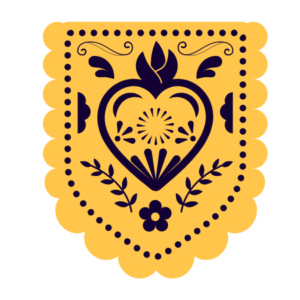

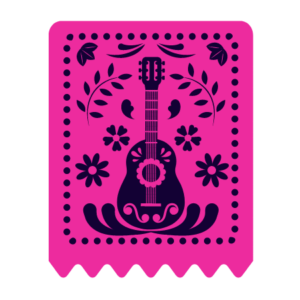

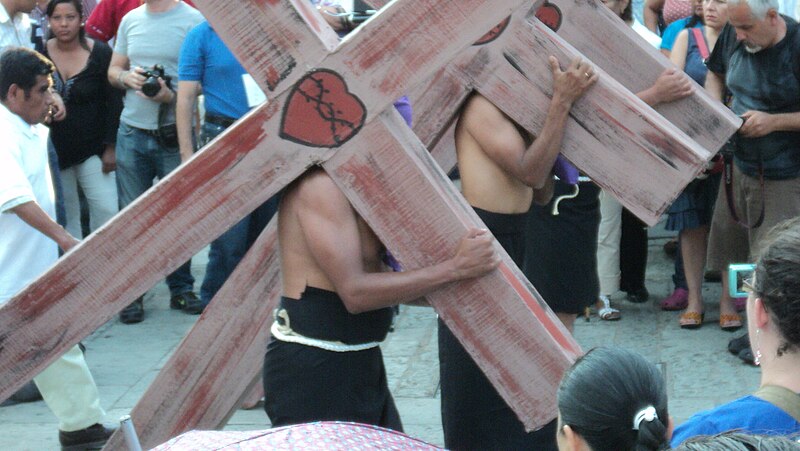
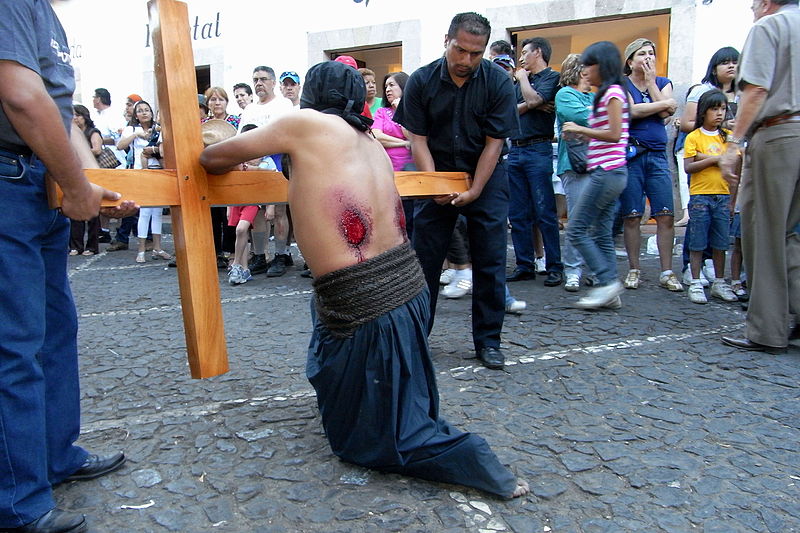
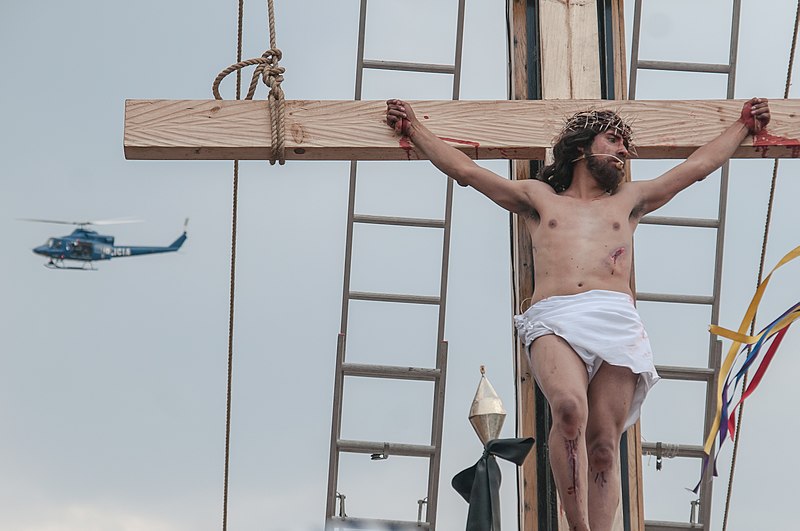
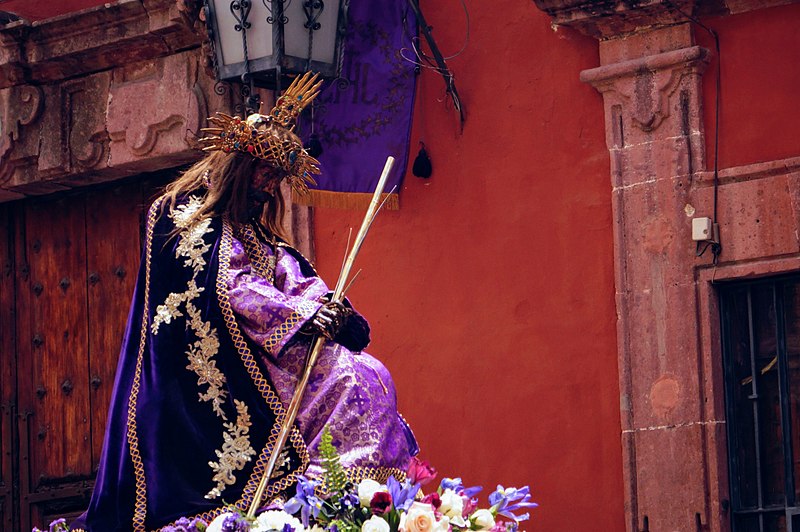
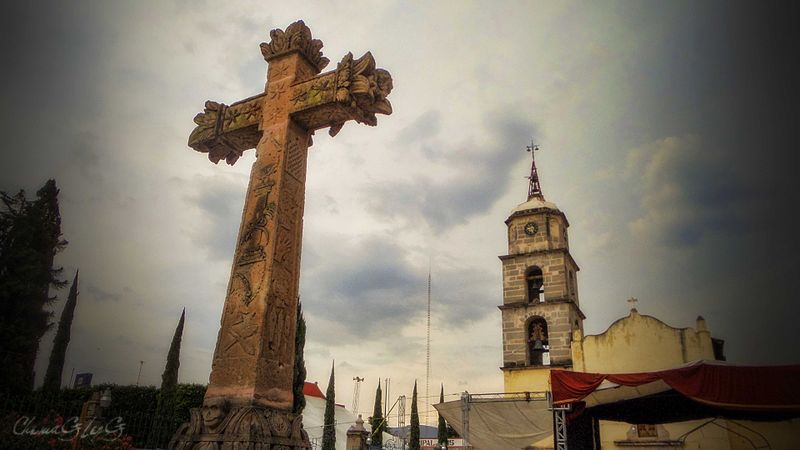
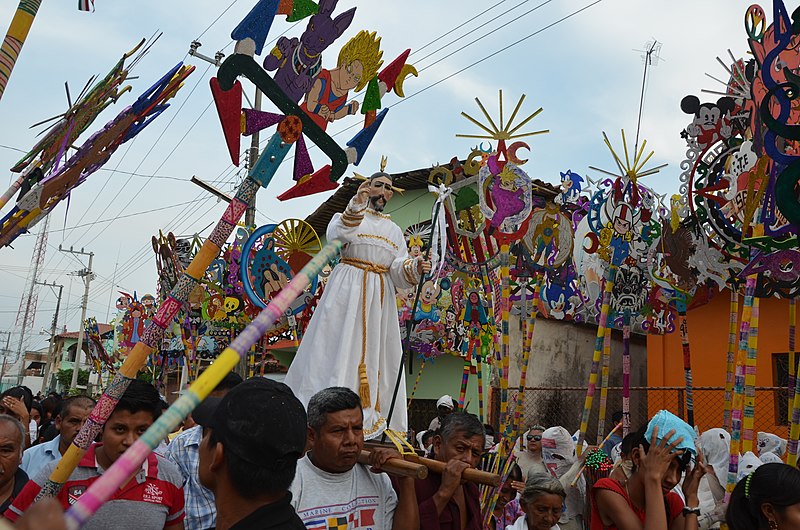
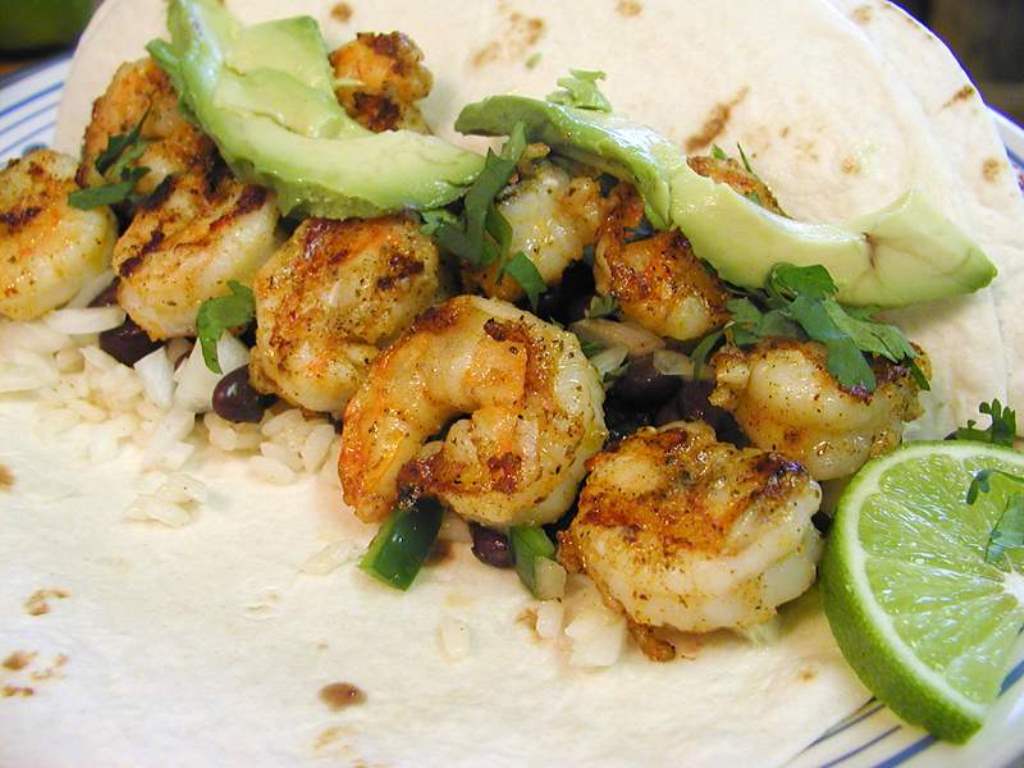
Your article has sparked my wanderlust! The colorful and cool descriptions of Semana Santa in Mexico are truly moving. The detail in which you have captured this mix of Indigenous and Catholic tradition almost makes me feel like I am right there at the very heart of it! This has seriously taken Semana Santa in Mexico to the top of my travel bucket list.